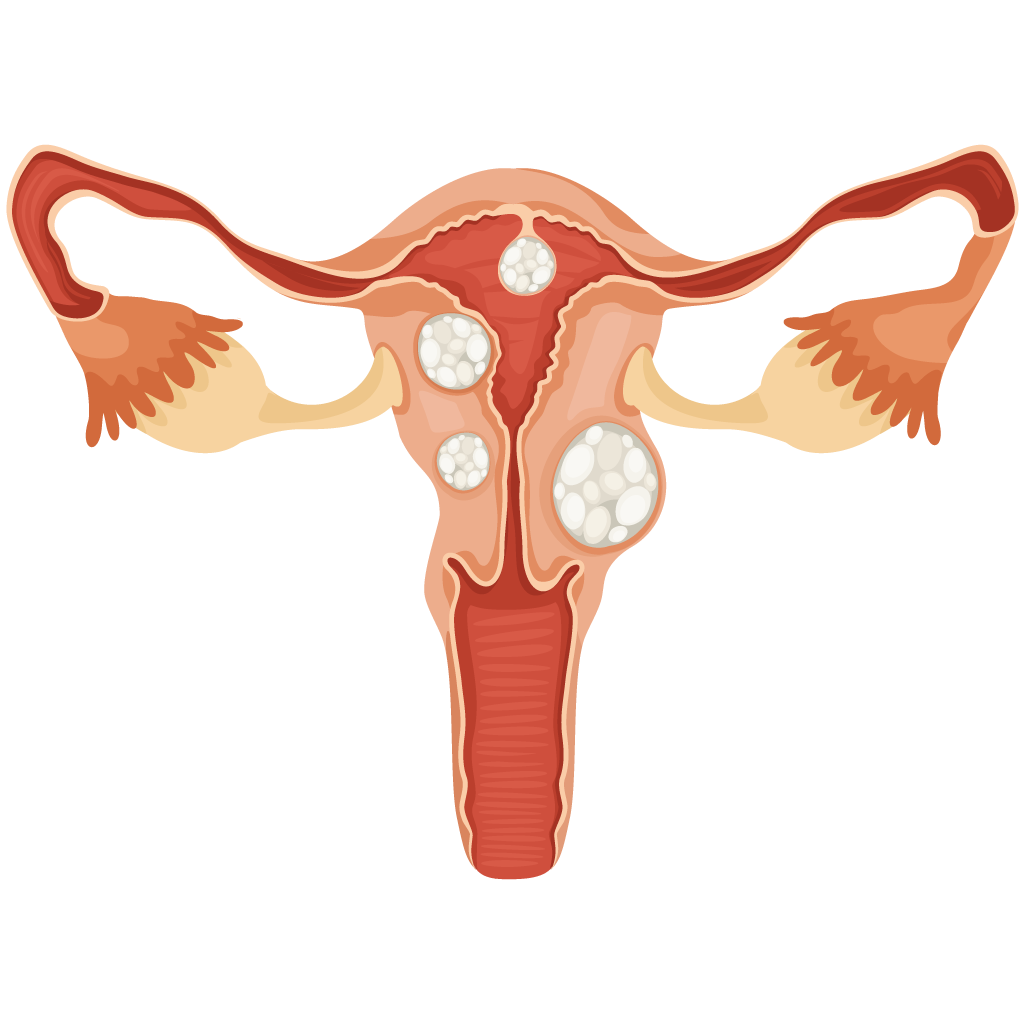July marks Fibroid Awareness Month, a time dedicated to raising awareness about uterine fibroids and the treatment options available. Uterine fibroids are non-cancerous growths that develop within the muscular wall of the uterus. They affect up to 80% of women by the age of 50 and can cause symptoms ranging from heavy menstrual bleeding and pelvic pain to fertility issues. While traditional surgical treatments like hysterectomy have been the norm, a revolutionary non-surgical option known as uterine fibroid embolization (UFE) is gaining popularity.
What are Uterine Fibroids?
Uterine fibroids are benign tumors composed of muscle and fibrous tissue. They can vary in size from microscopic to several inches in diameter and may occur singly or in clusters. The exact cause of uterine fibroids remains unknown, but factors such as hormonal imbalances and genetics are believed to contribute to their development. Symptoms often include prolonged menstrual periods, pelvic pressure, frequent urination, and, in severe cases, anemia due to excessive blood loss.
The Need for Awareness: Fibroid Awareness Month
Fibroid Awareness Month serves as an essential reminder for women to be proactive about their reproductive health. Many women endure the discomfort of fibroids for years without seeking medical advice, often because they are unaware of the treatment options available. By spreading knowledge about conditions like uterine fibroids and the advancements in treatment, we empower women to make informed decisions about their health.
Exploring Treatment Options for Uterine Fibroids
Traditional treatments for uterine fibroids include medication to regulate hormones or reduce symptoms and surgical options such as myomectomy (removal of fibroids) or hysterectomy (removal of the uterus). However, these surgical procedures are invasive and come with significant recovery times and potential complications.
Uterine Fibroid Embolization: A Game-Changer
Uterine fibroid embolization is a minimally invasive procedure that offers a promising alternative to traditional surgery. During UFE, an Interventional Radiologist inserts a catheter into the uterine arteries via a pinhole in the groin or wrist. Tiny particles are then injected to block the blood supply to the fibroids, causing them to shrink and eventually die.
Benefits of UFE:
Non-Surgical Approach: UFE is a non-surgical fibroid treatment that avoids the risks and recovery time associated with surgery. It also allows women to preserve their uterus
Quick Recovery: Most patients can return to normal activities within a week, compared to several weeks or months for surgical recovery.
Effective Symptom Relief: Studies show that UFE effectively reduces symptoms such as heavy bleeding, pelvic pain, and pressure.
What to Expect During and After UFE
The UFE procedure typically lasts about 1 hour and is performed under local anesthesia with sedation. Patients may experience mild discomfort or cramping during the procedure, which can be managed with pain medication. Post-procedure, it is common to experience some pain, ceramping, fever, and fatigue, but these symptoms usually subside within a few days.
Embracing New Treatment Options
As we observe Fibroid Awareness Month, it is crucial to highlight the advances in non-surgical treatments for uterine fibroids. Uterine fibroid embolization stands out as a safe, effective, and less invasive option for women seeking relief from fibroid-related symptoms. By continuing to raise awareness and educate women about their choices, we can help them take charge of their health and improve their quality of life.
If you or someone you know is suffering from uterine fibroids, consult with a healthcare provider to explore whether uterine fibroid embolization might be the right treatment option. Together, we can make informed decisions and embrace the advancements in medical care that offer hope and healing.
If you are interested in learning more about uterine fibroids or UFE treatment, please call our care team during normal business hours at (901) 683-1890.

